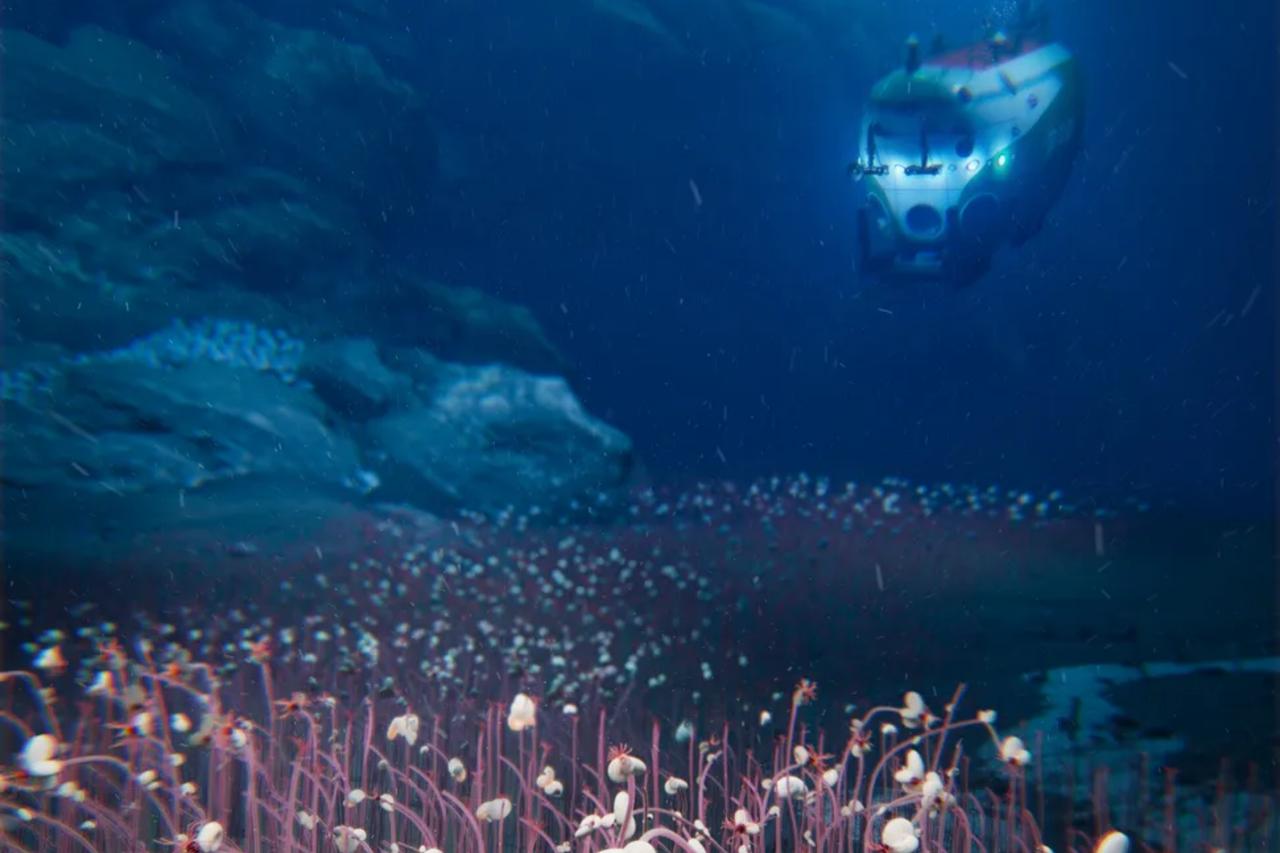
In a groundbreaking scientific achievement, researchers have captured the first-ever video footage of strange deep-sea creatures living in the most extreme depths of the Earth's oceans. These newly discovered communities, powered not by sunlight but by chemical energy, represent the deepest and most extensive chemosynthetic life-forms ever documented.
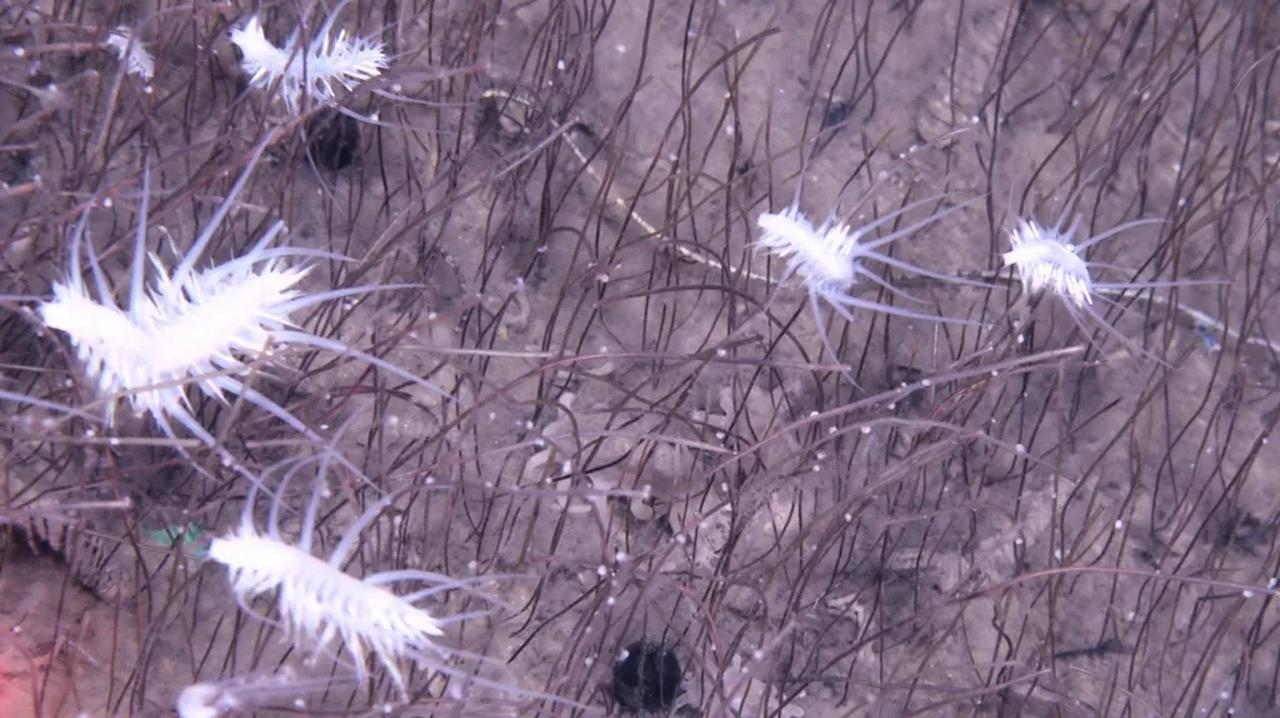
Sunlight does not reach the ocean's deepest regions, making photosynthesis—the process plants use to convert sunlight into energy—impossible. Instead, these organisms rely on chemosynthesis, a process where bacteria and other microorganisms convert chemical substances like hydrogen sulfide and methane into energy. These gases seep from geological faults in the seafloor and fuel complex ecosystems despite the crushing pressure and total darkness.
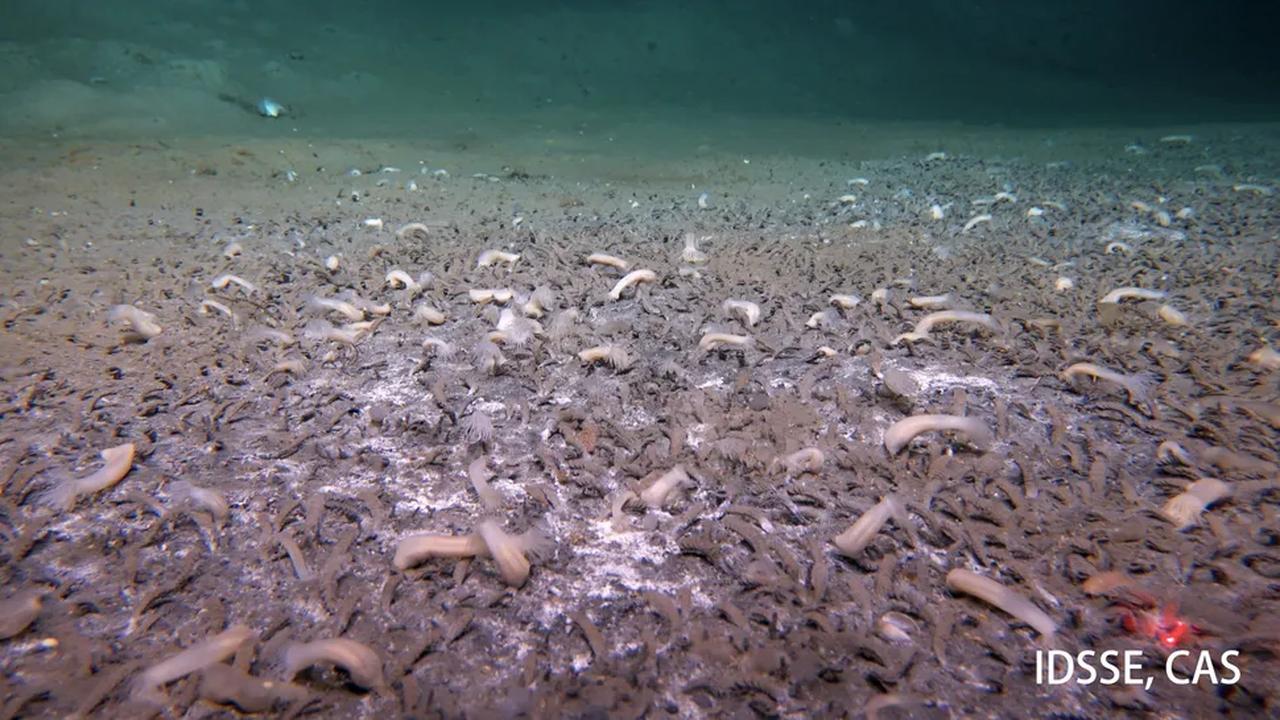
The research team, led by Chinese scientists from the Institute of Deep-sea Science and Engineering at the Chinese Academy of Sciences, used a manned submersible called Fendouzhe to explore trenches in the hadal zone—a part of the ocean that begins at around 6,000 meters (approximately 20,000 feet) and includes some of the most inaccessible environments on Earth.
The scientists navigated two geologically active trenches: the Kuril-Kamchatka Trench and the Aleutian Trench, reaching depths of up to 9,533 meters (over 31,000 feet). There, they discovered densely packed clusters of life—including tube worms known as siboglinid polychaetes and mollusks called bivalves—gathered around chemical seep sites where gases emerge from tectonic plate faults.
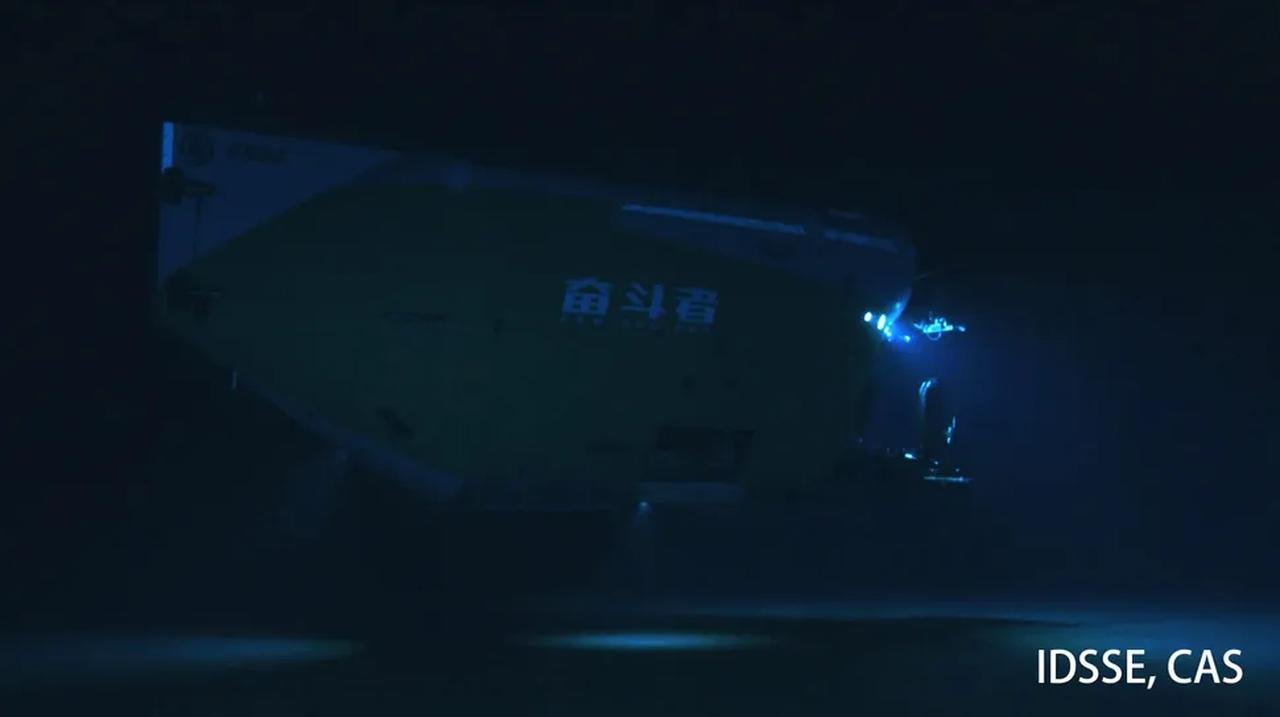
Springer Nature, the publisher of the journal Nature, which released the study on July 30, explained that these species form complex and thriving communities, living in total darkness under immense pressure in temperatures near freezing. "What we saw was quite amazing," said Xiaotong Peng, a lead author of the study and deputy director at the institute. He called it an exciting opportunity to explore places where no human had previously ventured.
Until now, such chemosynthesis-based ecosystems were rarely documented. This new footage provides not only visual confirmation but also a better understanding of how such life-forms survive and thrive under conditions previously considered nearly uninhabitable.
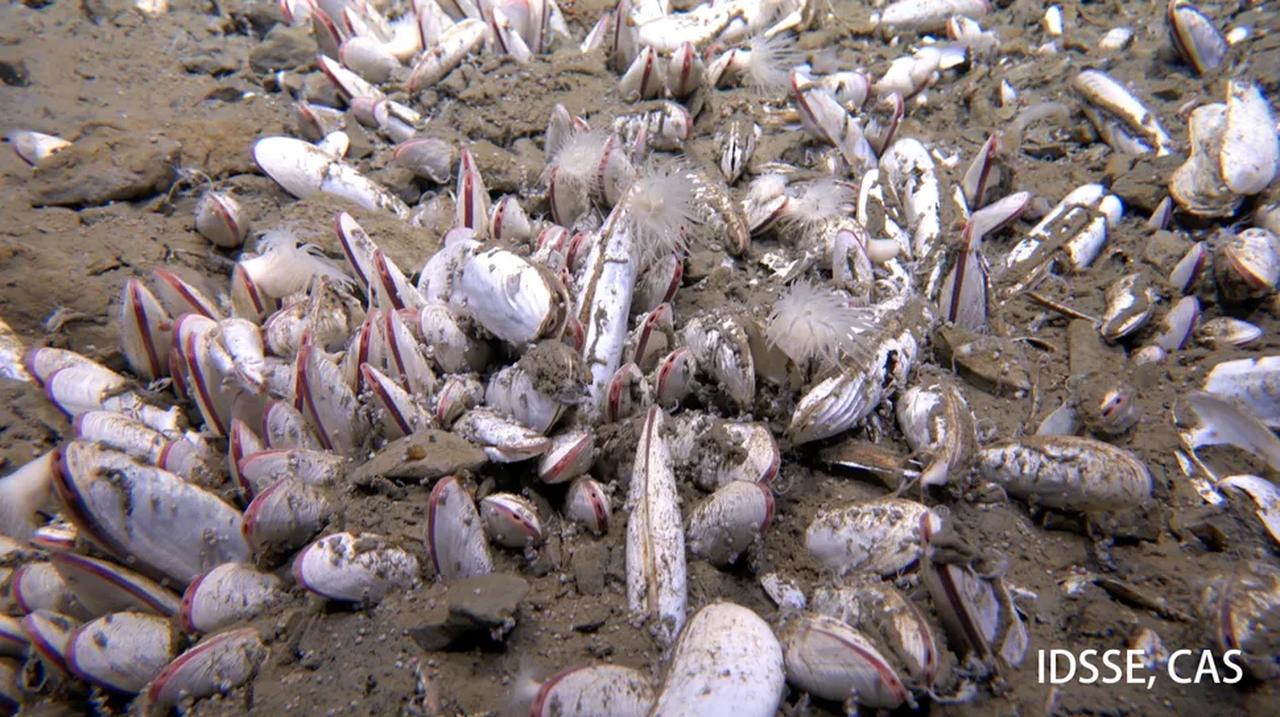
Images released with the study show polychaete worms, microbial mats, and dense beds of bivalves clinging to the seafloor in sites like “Clam Bed,” located at a depth of 5,743 meters. The trench environments are marked by seismic and volcanic activity, yet life continues to flourish, pointing to a potentially wider distribution of similar ecosystems across the ocean's unexplored depths.
Despite this major discovery, scientists estimate that less than 0.001 percent of the deep seafloor—defined as areas below 200 meters (656 feet)—has been directly explored by humans. That’s roughly equivalent to the size of Rhode Island.